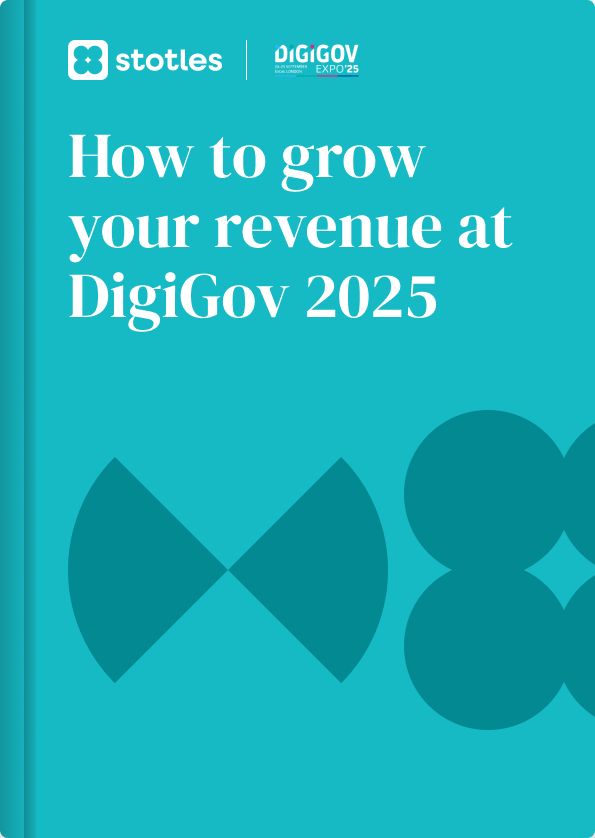Blog Post
Stotles x DellaPip Partnership: Growing your bidding win rate in the public sector
Written
November 21, 2025
by
Rose


Blog Post
Stotles x DellaPip Partnership: Growing your bidding win rate in the public sector
Written
November 21, 2025
by
Rose
Blog Post
Stotles x DellaPip Partnership: Growing your bidding win rate in the public sector




.jpg)

.webp)

.webp)



.png)


.png)
.jpg)
%20(1).png)
%20(1).png)
.jpg)
%20(1).png)


























.webp)













.png)
.png)
.png)











